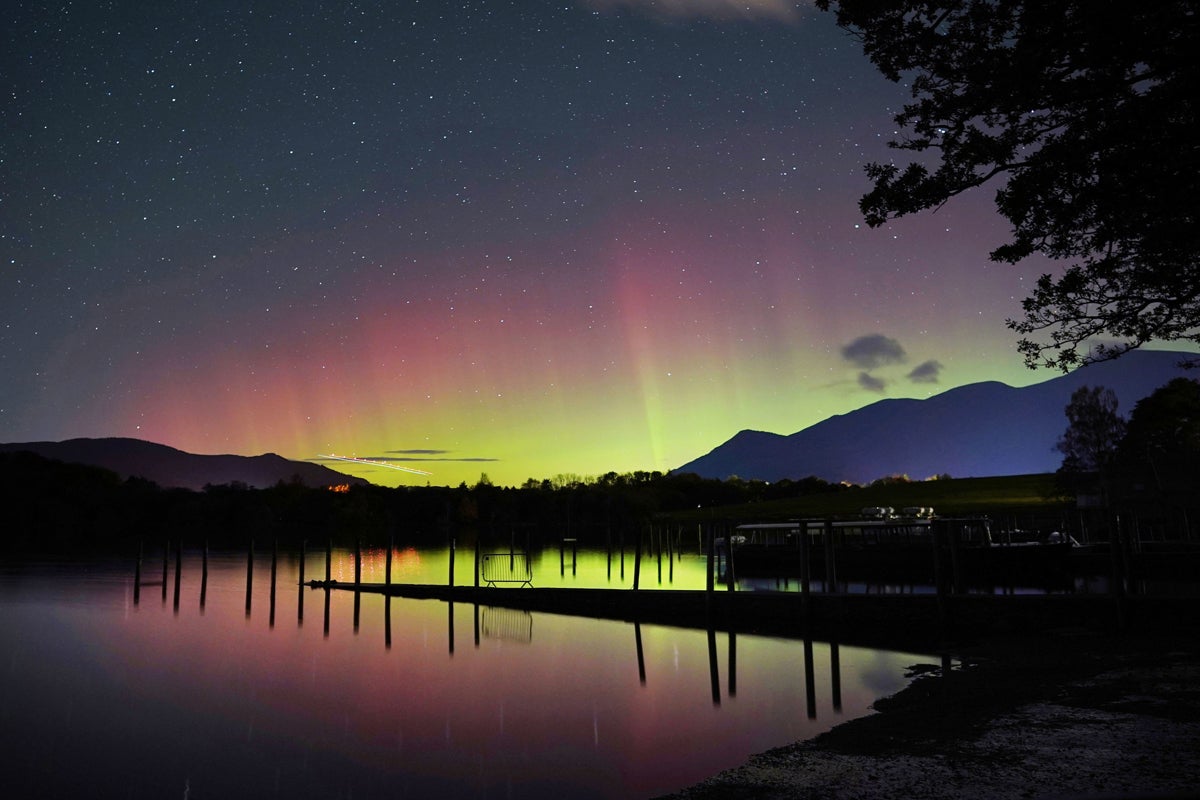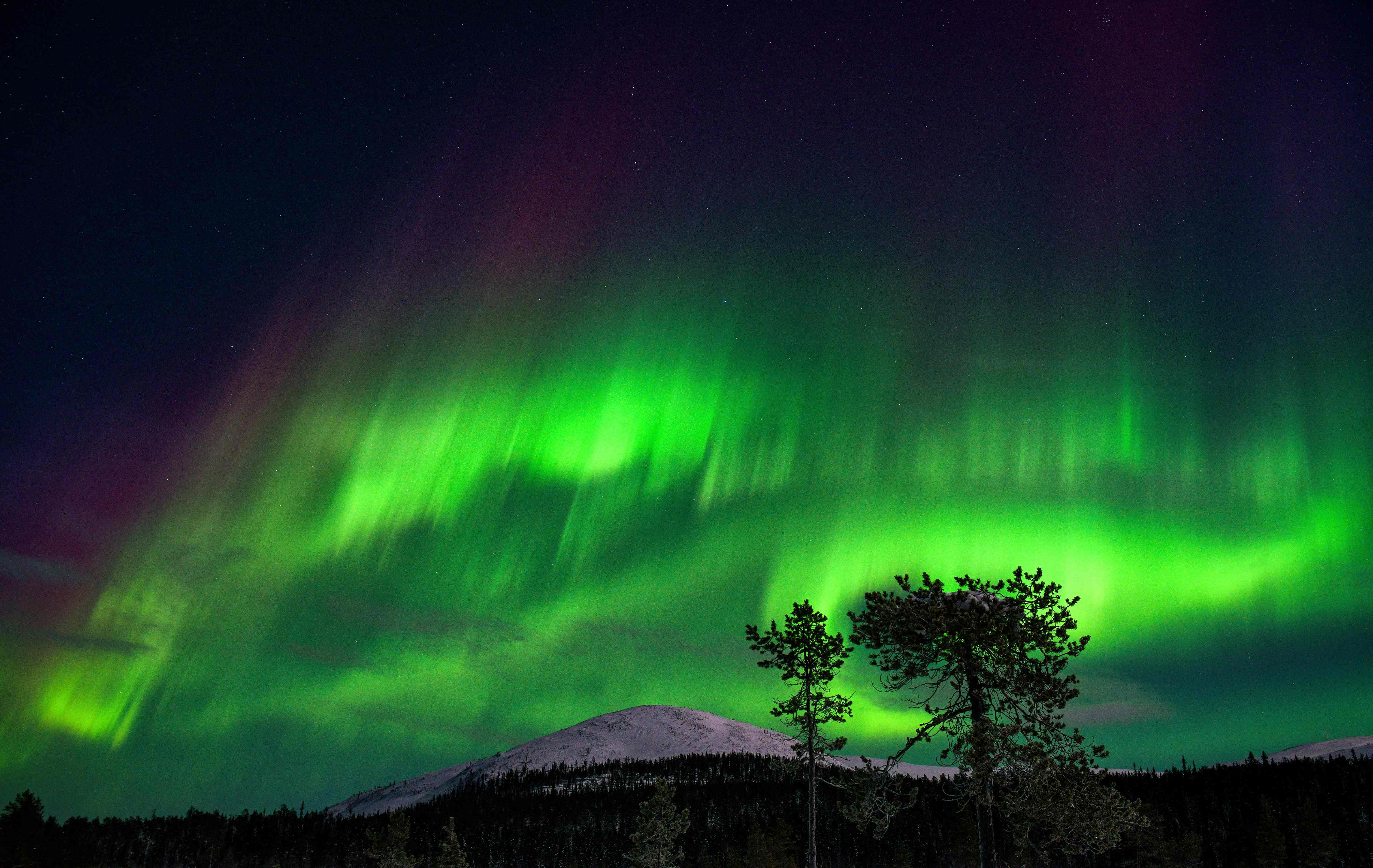Northern Lights: Aurora borealis could be visible from Scotland and northern England, says Met Office
The light show is only occasionally visible from the UK when the conditions are just right

Some parts of the UK will have a high chance of seeing the Northern Lights tonight.
The polar phenomenon – known also as aurora borealis in the northern hemisphere – causes waves and patterns of light to move across the sky.
Witnessing the captivating display is a privilege usually only granted to those in areas close to the Arctic Circle. Those close to the Antarctic are likely to see the aurora australis.
Brits occasionally get to see the Northern Lights when the conditions are just right.
Tonight holds some promise, as the lights will be visible in areas with clear sky in the northern-most regions – mainly Scotland, according to Met Office.
The furthest north of England and Northern Ireland also have a chance of witnessing it, although it is much lower, the meteorologists said.
Met Office created an aurora borealis forecast that shows how high the chances are of seeing the Northern Lights in certain areas.
Lerwick, a Shetland island with a population of about 7,000 people, will have very high – 75 to 100 per cent – chance of seeing the lights between 8pm and midnight on Sunday, according to the Met Office.
Other areas in Scotland – such as the Northern Highlands, the Hebrides, Aberdeen and Inverness – will have a 50 to 75 per cent chance of seeing the display during those times, the prediction suggests.
In November 2021, the aurora borealis was seen as far south as Devon.
Aurora – which vary in colour and intensity depending on the conditions – have been subject to myths and legends for many millenia.

Finnish folklore has it that the lights are caused by the mythical elusive firefox running so quickly through the snow that its tail causes sparks to light the night sky.
In ancient China, it was fabled that the lights came from flames emitted from good and evil dragons locked in battle in the heavens.
Some Inuit believed that their ancestors’ spirits were part of the dancing lights, and Norse mythology said that the aurora was a fire bridge to the sky created by gods.
Scientists have found that auroras are caused by the sun.
At times of increased solar activity, the gases around the sun also get hotter. Electrically-charged particles – mainly electrons and protons – are blasted away from the sun in a stream known as a solar wind.
Earth is directly in the path of the solar wind, but its magnetic field – the magnetosphere – protects the planet by deflecting the particles.
But some of the particles get through and, after penetrating the force field, they collide with the atmosphere and excite oxygen and nitrogen atoms – which creates the mesmerising dancing beams of light.




Join our commenting forum
Join thought-provoking conversations, follow other Independent readers and see their replies
Comments